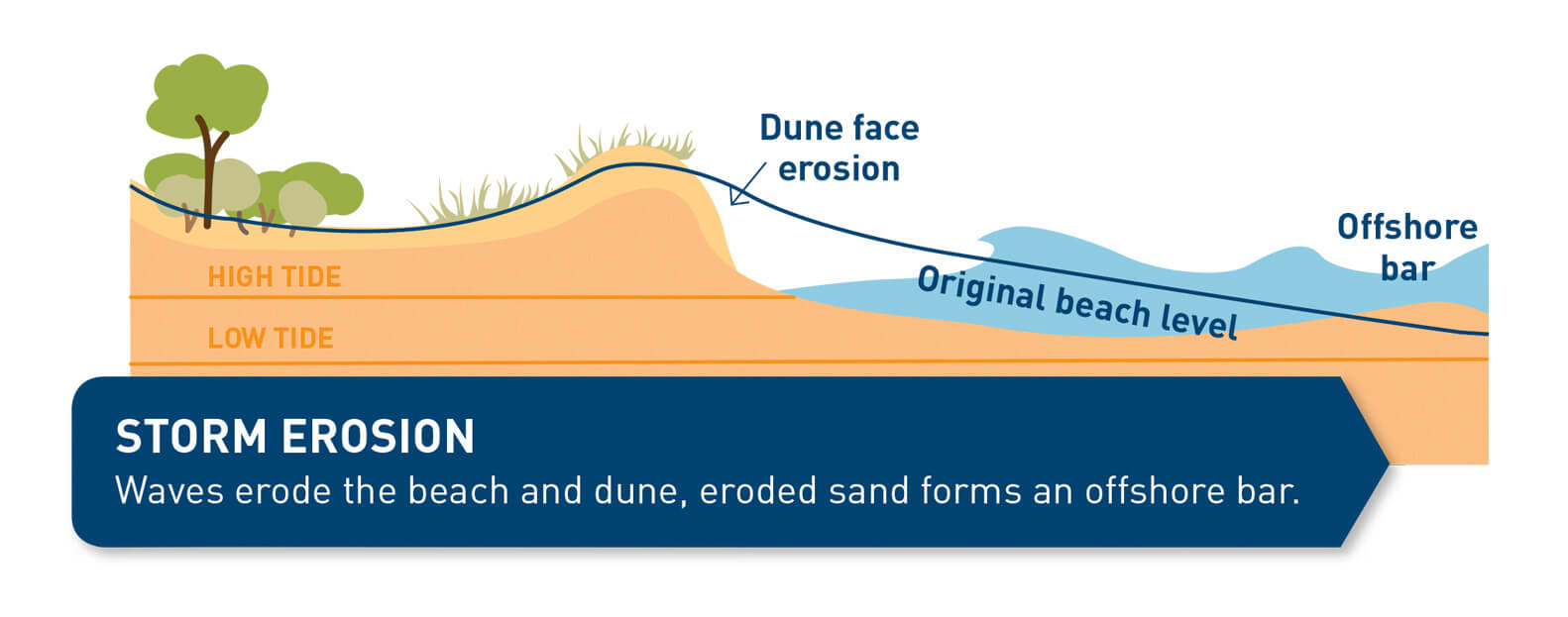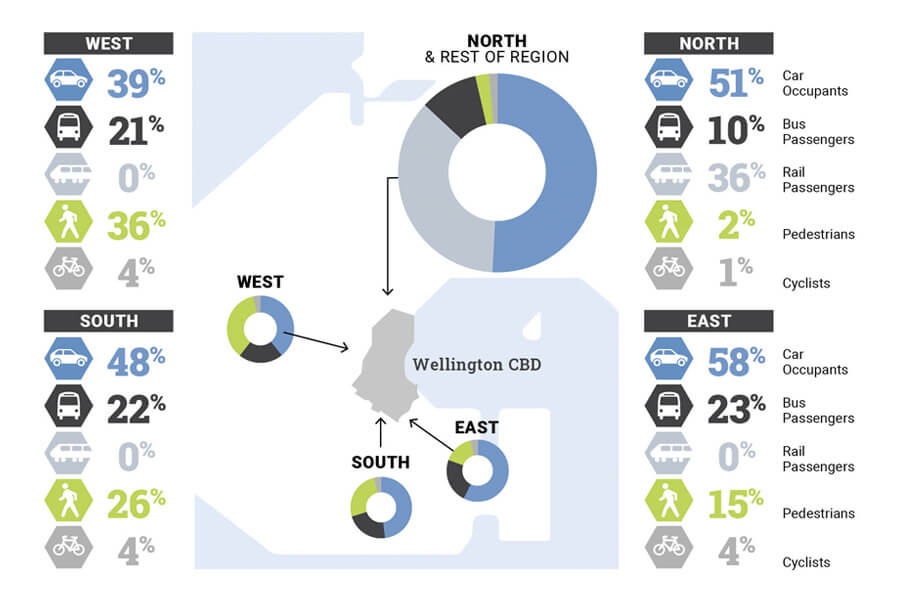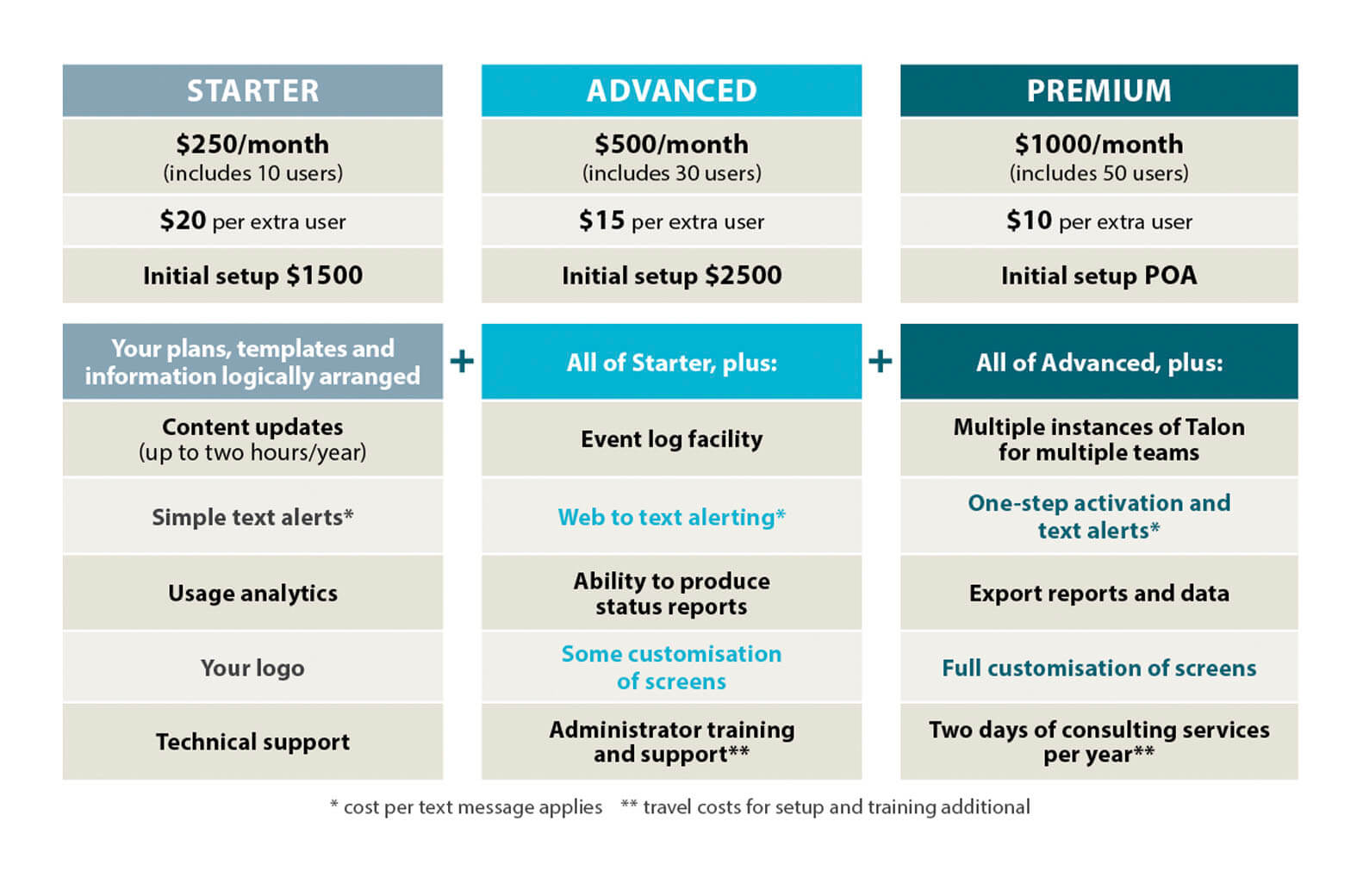Communicating information rather than driving sales
What if your aim is to impart information to an audience that isn’t particularly engaged? Or the data is technical, complicated or copious? The answer is often to simplify where possible and cherry-pick the most pertinent or surprising facts.
In a previous blog I talked about the quirks of designing for the public sector and that the challenge of making information easier to ‘take in’ and comprehend is something I deal with a lot. Here are some approaches that I’ve used to highlight facts or tell a story:
1) Pull out percentages and enlarge for visual impact

A pie chart and pull out percentage from the QEII Annual Report, designed by Pogo based on their existing brand guidelines.
2) Multiple symbols to represent quantities
3) Timeline
4) Maps

Road upgrades on Kapiti Road were shown on this map design by Pogo for Kapiti Coast District Council
5) Icons/pictograms
6) Diagrams

One of several diagrams describing different models in the ‘Alive and Well’ document designed for Upper Hutt City Council and Lumin.
7) Illustrations

One of the illustration showing dune erosion in the brochure (by Pogo) for Kapiti Council City Council
Selling features and benefits
If you are a business selling products or services, differences can be distinguished by colour-coding or with benefits/features highlighted by icons. Using a table to compare costs, features and benefits is a popular and effective way for customers to decide which option they want.
Other things to consider
Getting through to your audience is paramount. Being more accessible and inclusive will help with this. I’m by no means an expert but areas to think about include:
- People with visual disabilities and low vision
- People with learning difficulties, including dyslexia etc
- People with limited literacy
- Different languages
- Being inclusive with gender, ethnicities
The UK Home Office put together a set of accessibility posters which are great resource.
Check out the previous infographic blog here.
If you have any infographic questions, feel free to get in touch.

 www.pogodesign.co.nz
www.pogodesign.co.nz




